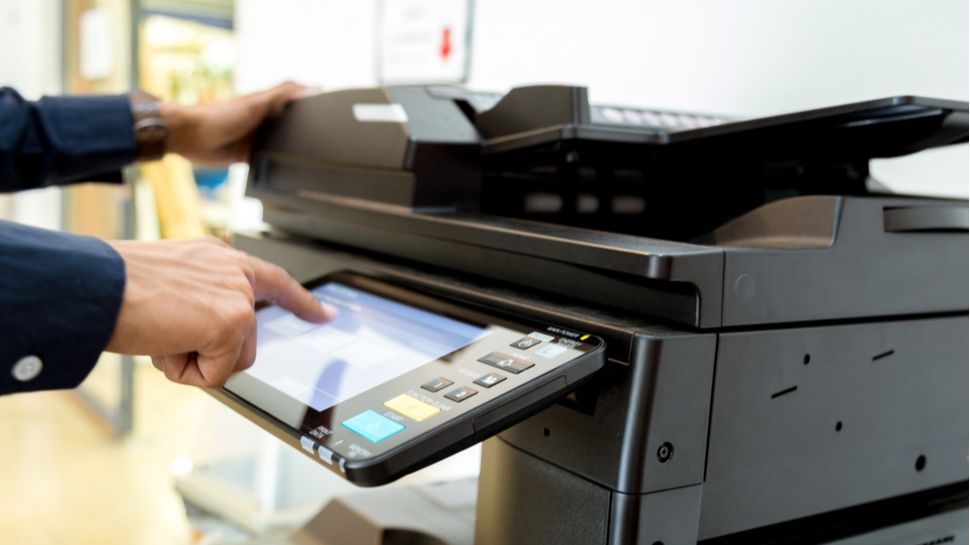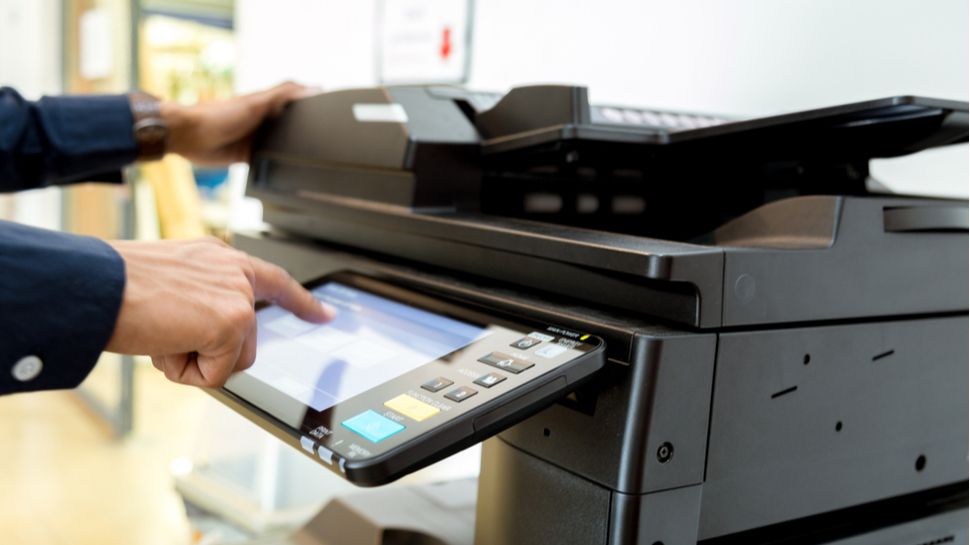
With paperless options slowly becoming everyone’s new favorite, you might think that printing has become obsolete. But the truth is, whether you’re a busy professional, a student, or a home user, having the best printer can make a world of difference in your daily life. From printing important documents to creating studio-quality photos, the right printer can be a huge productivity boost.
But with so many options available, how do you choose? Inkjet, laser, LED – each technology has its own strengths and weaknesses. Do you need speed or quality? Are you printing mostly text or photos? And what about those running costs that can sneak up on you?
In this guide, we’ll dive deep into the world of printing technologies. We’ll explore how each type works, their pros and cons, and help you figure out which one is the perfect fit for your needs. By the end, you’ll be equipped with all the knowledge you need to make the right choice for your ideal printing station.
Also check out our complete list of the best all-in-one printers available.
What is an Inkjet Printer?
Inkjet printers are probably what most of us think of when we picture a home printer. These versatile machines are popular for good reason — they’re affordable, compact, and capable of producing high-quality color prints.
The technology behind inkjet printers is fascinating in its simplicity. These printers work by spraying tiny droplets of liquid ink onto paper. The print head contains thousands of microscopic nozzles that fire these droplets with incredible precision. As the print head moves back and forth across the paper, it lays down these droplets to form your text or images.
I’ve always been amazed by the quality inkjet printers can achieve, especially when it comes to photos. The ability to blend colors smoothly makes them a favorite among photographers and anyone who needs to print vibrant images.
Pros:
- Affordable initial cost
- Excellent photo quality
- Compact and lightweight
- Versatile paper handling
- No warm-up time needed
Cons:
- Higher cost per page
- Slower printing speeds
- Ink can smudge when wet
- Not ideal for high volumes
- Frequent ink replacements needed
What is a Laser Printer?
Laser printers have been a staple in offices for decades for good reason. These powerful devices use a technology that’s very similar to photocopiers, creating sharp and professional-looking documents at impressive speeds.
Here’s how it works: When you hit print, the printer’s laser beam “draws” your document onto a drum inside the printer. This drum is coated with a material that becomes electrically charged where the laser hits it. Then, a fine powder called toner is applied to the drum. The toner sticks to the charged areas, creating your image or text. Finally, the toner is transferred onto paper and fused with heat and pressure, resulting in your printed page.
The best thing about laser printers is their speed and efficiency, especially for text-heavy documents. They’re the go-to choice for many businesses that need to print out high volumes of paper quickly and consistently.
Pros:
- Fast printing speeds
- Sharp text quality
- Lower cost per page
- High-volume printing capability
- Smudge-resistant prints
Cons:
- Higher upfront cost
- Bulky size
- Less versatile paper handling
- Not ideal for photos
- Warm-up time required
What is an LED Printer?
LED printers might be the new kid on the block, but they’re quickly gaining popularity. These printers are similar to laser printers in many ways, but with a key difference in how they create the image on the drum.
Instead of using a laser beam, LED printers employ a strip of light-emitting diodes (LEDs) to create the image on the drum. The rest of the process – using toner and fusing it to the paper – is very similar to laser printers. This technology was pioneered by OKI in 1989, and other manufacturers have since adopted it.
The use of LEDs instead of lasers might seem like a small change, but it brings some significant advantages. LED printers tend to be more compact, as they don’t need the space for a moving laser and mirror system. They’re also often more reliable due to having fewer moving parts.
Pros:
- Compact design
- Reliable performance
- Energy-efficient operation
- Fast printing speeds
- Quiet operation
Cons:
- Limited model selection
- Higher upfront cost
- Less common than alternatives
- Potential color accuracy issues
- Limited availability of supplies
Choosing the right printer for your setup
When it comes to selecting the perfect printer for your needs, understanding the key differences between inkjet, laser, and LED printers is crucial. Let’s recap these differences one more time so we can explore how to make the right choice:
| Inkjet Printers | Laser Printers | LED Printers |
|---|---|---|
| Best for high-quality photo printing | Sharp text quality but limited visual fidelity | Similar to laser printers but more compact |
| Lower upfront cost but higher cost per page | Higher upfront cost but lower cost per page | More energy-efficient and reliable leading to lower cost per page |
| Slower printing speeds | Fast printing speeds | Fast printing speeds |
| Ideal for low to moderate volume printing | Excellent for high-volume text document printing | Not suitable for large volumes of printing |
How to create your ideal printing setup
Now that we’ve explored the different printing technologies, let’s talk about how you can create the perfect printing setup for your needs. Remember, the right choice depends on your specific requirements, budget, and printing habits.
- Assess your printing needs: Before you start shopping, take some time to think about what you’ll be printing most often. Are you primarily printing text documents, or do you need high-quality photo prints? How many pages do you typically print per month? Understanding your needs will help guide your decision.
- Consider your budget: While it’s tempting to go for the cheapest option, remember to factor in long-term costs. Inkjet printers might be cheaper upfront, but if you print a lot, a laser printer could save you money in the long run due to lower per-page costs. Make sure to research the cost of replacement ink or toner for any printer you’re considering.
- Think about space and placement: Where will your printer live? If you’re tight on space, a compact inkjet or LED printer might be your best bet. Also, consider connectivity options. Do you need Wi-Fi capabilities for easy printing from multiple devices, or is a simple USB connection sufficient?
- Don’t forget about paper handling: If you frequently print on different types of paper or envelopes, look for a printer with versatile paper handling capabilities. Some printers offer multiple trays or the ability to handle thicker paper stocks, which can be a real time-saver.
- Future-proof your purchase: Technology is always evolving, so try to choose a printer that will meet your needs not just now, but for years to come. Look for features like mobile printing capabilities, cloud integration, or the ability to add functionality through software updates.
Remember, the perfect printer is out there waiting for you. By carefully considering your needs and understanding the strengths of each technology, you’ll be well on your way to creating your ideal printing setup. Happy printing!
We’ve listed the best small business printers.
Services Marketplace – Listings, Bookings & Reviews
